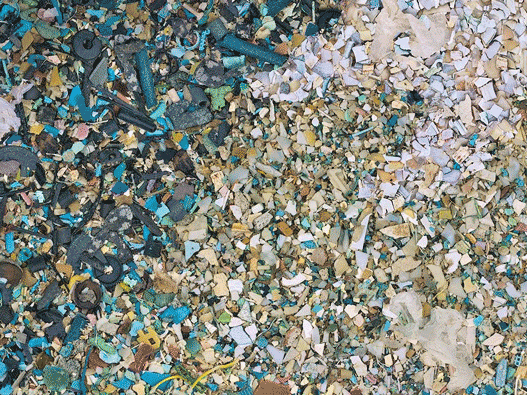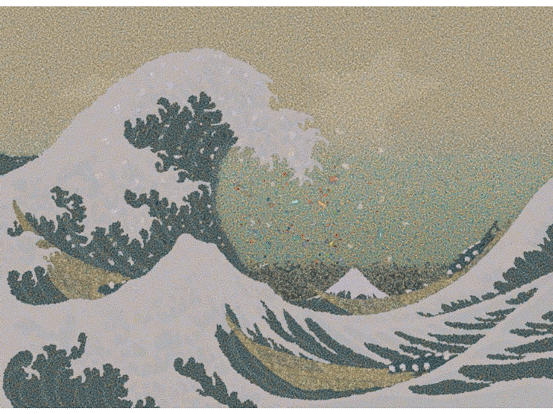Chris Jordan, an American photographer and activist, uses his art to reveal the shocking numbers behind mass consumerism. Jordan began photographing for the series in the early 2000s, which brought vividness to an unseen issue – the environmental impact of North America’s capitalism.
As the years continue and climate change becomes a more pressing issue, the issue of mass plastic consumption has occupied activists’ minds. Jordan rose to influence in 2012 when his disturbing photograph of a Laysan Albatross fledgling’s unaltered stomach contents circulated the globe. He says, “looking into the stomachs of those dead birds is like looking into a mirror. It’s a perfect, macabre, kind of viscerally horrible reflection of our broken relationship with the natural world.” This incident, which left him questioning his activism, made Jordan realize that waste is not simply brought to a landfill, but instead floats endlessly in oceans, surfs with the wind, and sometimes reaches innocent stomachs.
This image sparked the beginning of Jordan’s first major project - a series called Midway: Message from the Gyre. This entire series reveals the stomach contents of various Albatross birds, all of which possess an almost unbelievable amount of plastic. The project is chiefly one of grief. Midway is meant to expose and arouse concern within the viewer. As Jordan notes, grief is not like fear or sadness, it is about losing something personal.
“In that way, feeling our grief for what’s being lost in our world reconnects us with our love for the world, and helps us to feel our love for something that we might not even have known that we cared about. Grief reconnects us with our love for all beings, because there’s nothing more lovable or amazing about albatrosses than any other creature.”
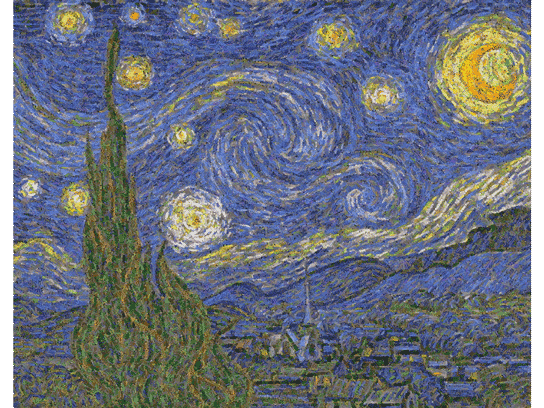
In 2009, Jordan created an ongoing series called Running the Numbers II: Portraits of Global Mass Culture. These images reference the global quantities of mass consumerism, such as 50,000 cigarette lighters, equal to the amount of plastic floating in every square mile of the ocean. Jordan uses waste to craft large-format, long-zoom artwork which reflects a statistic of waste on a global scale.
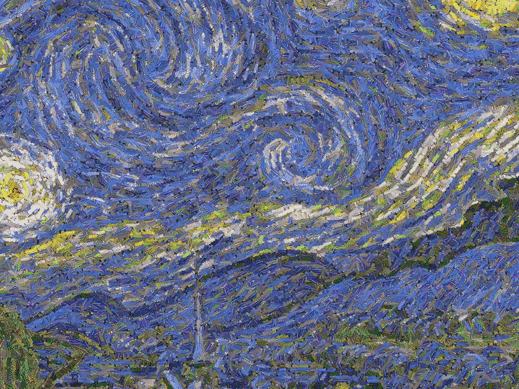
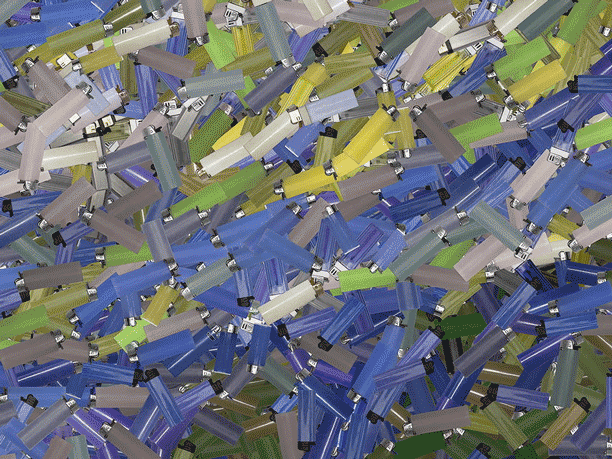
Jordan felt obliged to create this series because he possesses “this fear that we aren’t feeling enough as a culture right now.” People are inundated with shocking statistics, but the numbers are so removed from senses and emotions, individuals cannot conceptualize them. Numbers are confusing, but large numbers in the millions and billions are impossible to digest. Jordan took raw data and translated it into an easily understood language: visual art. He wanted to create an impact that makes the viewer see and feel the effects. Jordan believes his series is necessary – connecting people with these issues may engulf them with horror and panic, but hopefully leads to change. When viewers see something that causes discomfort, they are forced to confront themselves and question their own contributions to the issue. e.
The modern world has brought about a strange phenomenon in which consumerism possesses individuals on a subconscious level. Some overeat when stressed, or go out for drinks after a fight, and others therapy shop. These acts of excessive consumption are linked to emotions, and are not nearly as gratifying as often hoped. On a small scale, these actions may be satisfying, but when entire nations enact these behaviours, there are catastrophic repercussions. Consumers are distanced from the environmental footprint behind these behaviours, and Jordan believes people need to reconnect with their daily decisions as consumers.
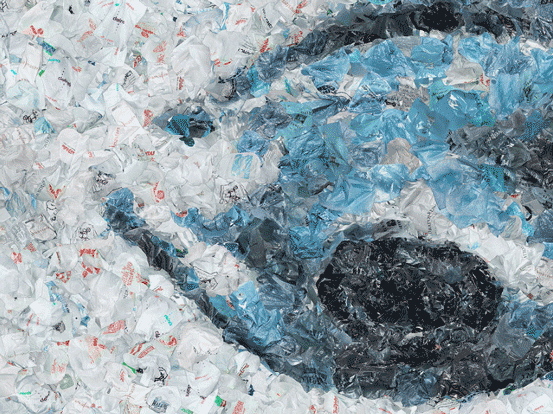
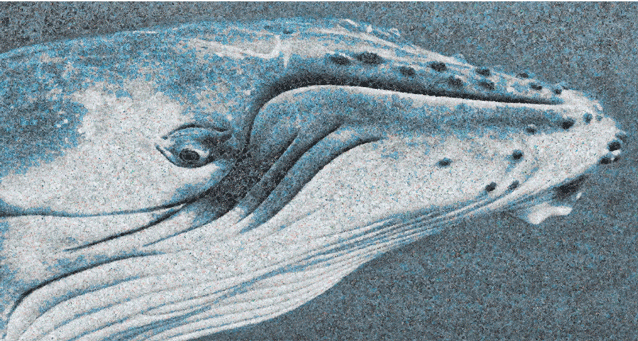
Jordan has a difficult time calling himself an activist. He finds activists tell people what to do and how to behave, but that strategy fails to sway large groups of people. He believes that as an artist, his job is to connect himself with the world “and to hopefully help other people connect with themselves and the world more deeply. And I trust that if I can help people reconnect, or connect more deeply with what they feel, then they’ll go behave in good, wise ways.”
Chris Jordan looks at humanity as a whole and cannot ignore the dangerous consequences of rapid consumption. He uses art to translate concerning statistics into confrontational images meant to jolt people out of their comfortable consumerism. It is not traditional activism, but one of ideological struggle.
